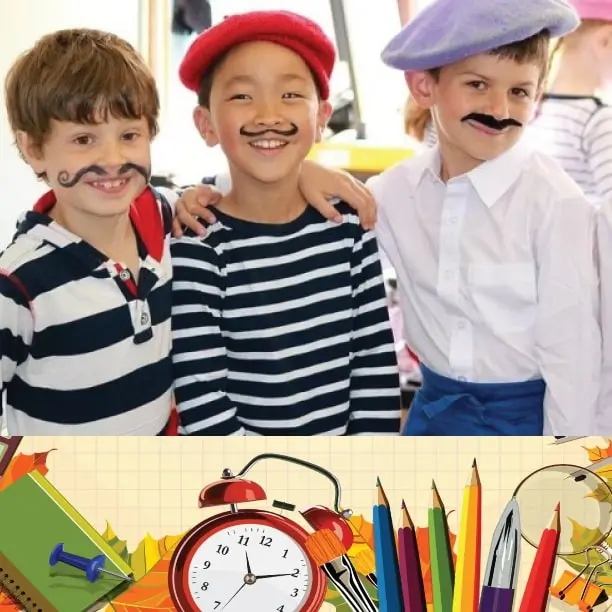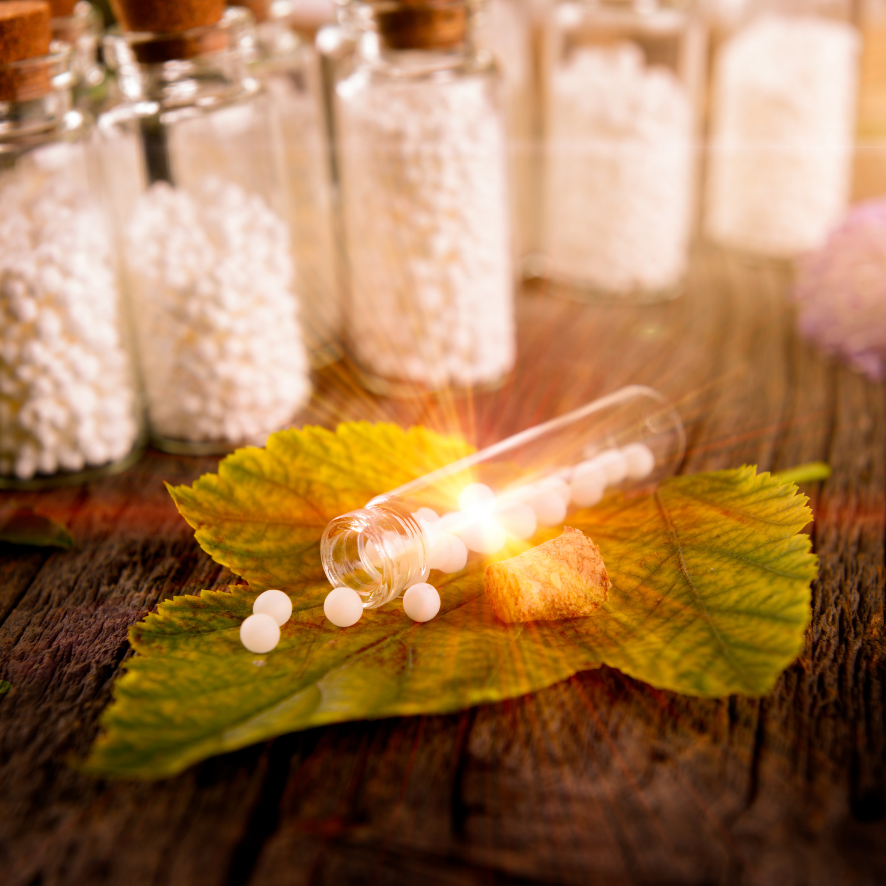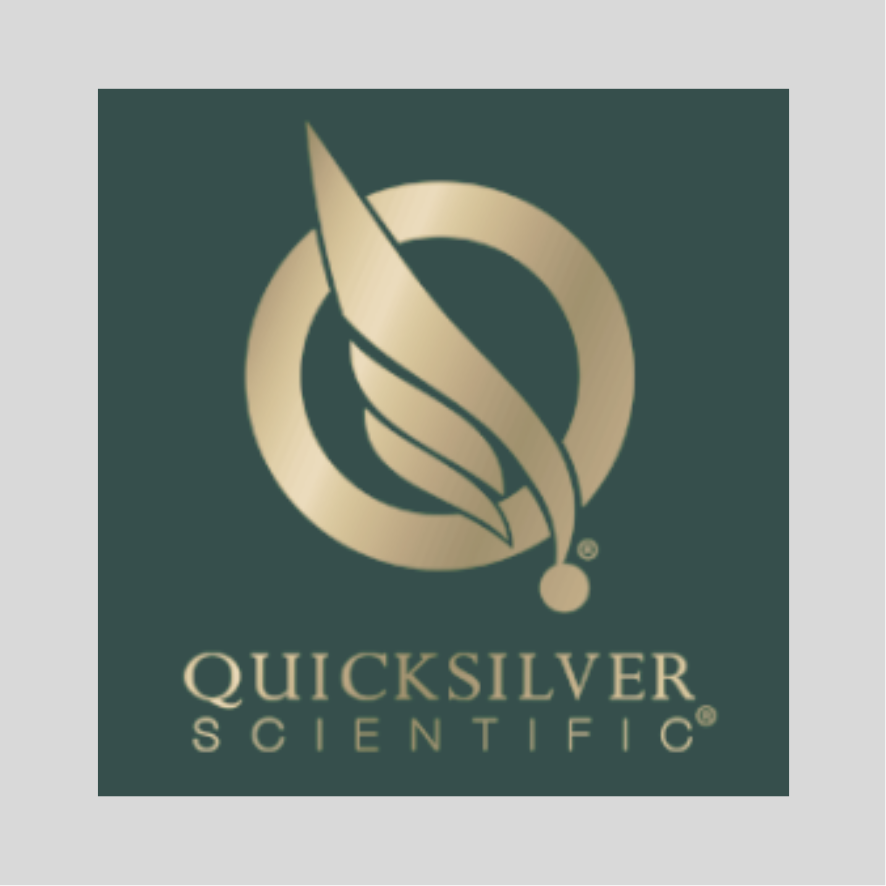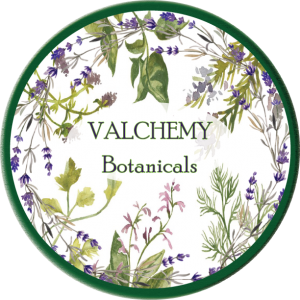 Today, I PEG another toxic chemical! I’ve moved my old skin cleanser from my bathroom to the kitchen. I just ran out of oven cleaner!
Today, I PEG another toxic chemical! I’ve moved my old skin cleanser from my bathroom to the kitchen. I just ran out of oven cleaner!
Ever heard of PEG, better known as Polyethylene glycol? If you’re not an avid label reader, as I have become, you are not alone. I found this nasty additive in some commercial brand skin cleaner. Funny thing is, I know it’s also an ingredient in most oven cleaners- so I knew that just couldn’t be good. I have to wear gloves to clean my oven!
It’s caustic, as a matter of fact, warnings abound on drums of concentrated PEG that’s used in industry clearly stating that:
– it’s highly poisonous
– wear protective clothing when handling
– wash skin with soap and water immediately upon contact
– and SEEK MEDICAL ADVICE
I also learned that some years ago, PEG was used as an additive in ice cream to make it creamier. Thank goodness that the U.S. Government realized it’s harmful effects on the body and outlawed its usage by the food industry. But then there’s the presence of PEG in over-the-counter drugs:
Back in December of 2011, the FDA placed MiraLAX — a polyethylene glycol-containing  blockbuster drug marketed by Merck & Co — on its Adverse Event Reporting System
blockbuster drug marketed by Merck & Co — on its Adverse Event Reporting System
(AERS) in connection to “neuropsychiatric events.”
You can still buy Miralax with PEG over-the-counter.
Everything that is applied to the skin or hair is absorbed into the bloodstream. So, what’s the difference between being added to your food and to your personal care products?
ABSOLUTELY NOTHING
Here is some more disturbing information I uncovered about PEG:
– causes kidney damage and liver abnormalities
– damages cell membranes
– causes skin rashes, dry skin and contact dermatitis
– in the lab, found to be toxic to human cells

